Customer service is, well, all about the customer, their needs, wants, and how you will meet them.
It’s something that businesses have always devoted time and effort to; however, over the last few years, the customer experience (CX) field has exploded thanks to the onset of the COVID-19 pandemic. Since most companies found themselves having to work at a distance, it became far more challenging to identify and solve customers’ pain points.
So, how to improve customer service during these busy times?
There are, thankfully, plenty of customer service techniques you can use to assist you, both in remote/online and face-to-face interactions. Below you’ll find ten of the most helpful ones, what they do, and how to use them to improve customer service.
1. Social media listening
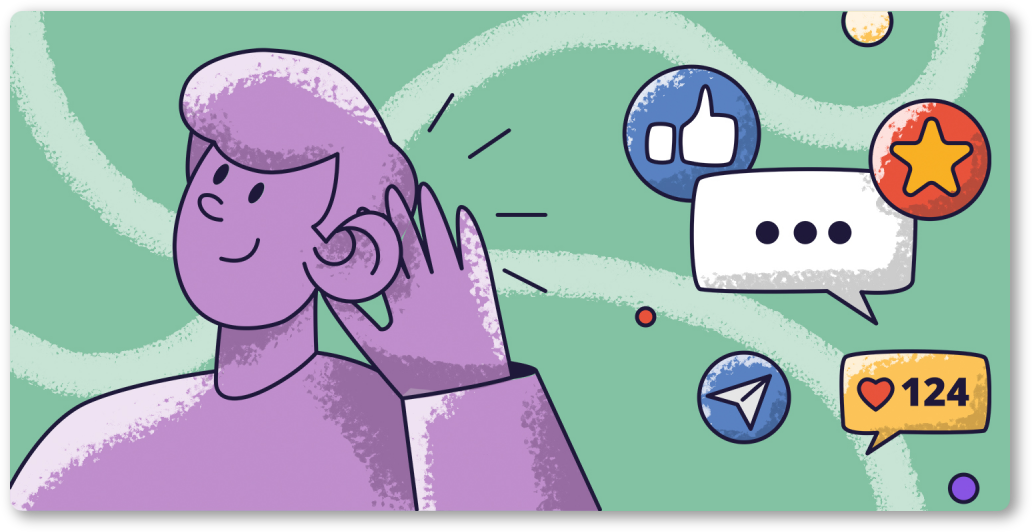
Social media listening (SML) tools are exactly what they say on the tin — tools designed to listen to what’s being said on social media.
There are numerous software suites with different capabilities, but they all share the basic strategy of parsing through social media sites for mentions of your business/brand/product and extracting not only what is being said but also the opinions that can be found within.
It’s a two-stage process that is a step up from social media monitoring, which is purely about data on mentions and trends. Some examples of SMLs are HubSpot SMMS, Hootsuite, TweetReach, and Keyhole.
SMLs are great for checking on the efficiency of current campaigns, analyzing feedback and opinions on new products, and judging the overall reception to any decision made by the business. You can also use the software to check on competitors, compare their strategies to yours, and make necessary changes.
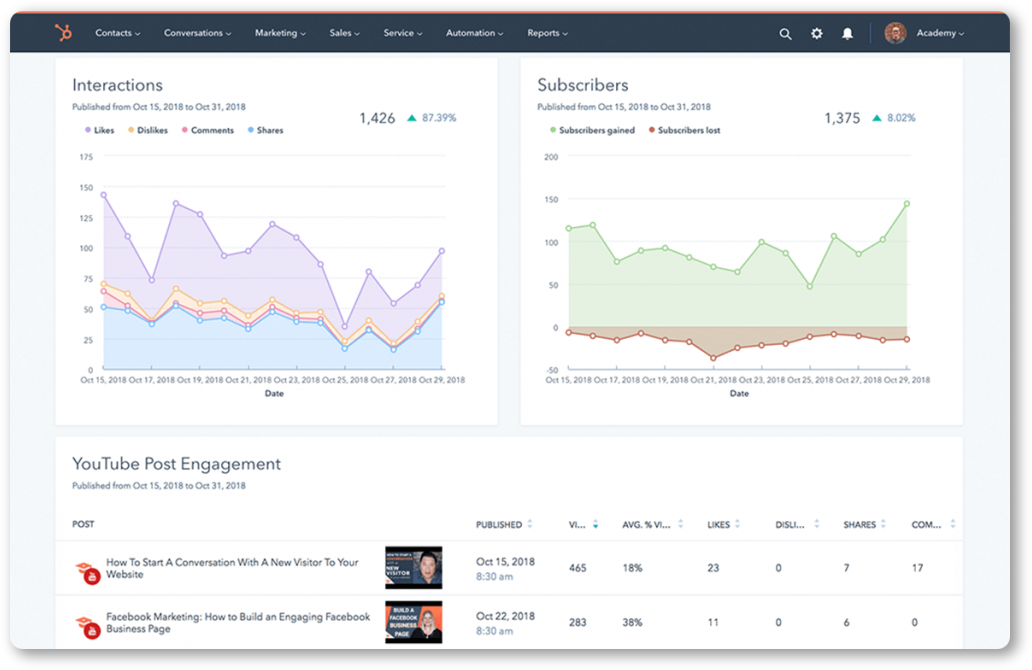
The final use of SMLs is a little contradictory since, by definition, an SML can only gather information after it has been posted — it’s about avoiding or dampening crises that might occur in your brand’s image. SML is real-time, so if you’re getting negative engagement online, you can quickly narrow down the source of these bad feelings and take steps to compensate for it. Whether that’s pulling a misinformation post, apologizing for a misstep, etc., you can stem the flood before it begins if you act quickly enough.
2. Suggestion boxes
When most people think of suggestion boxes, they think of tiny metal tins with a stack of paper nearby to write things on. While that’s certainly the case with traditional suggestion boxes, there are ways to do this online to ensure you get feedback even with the most remote interactions.
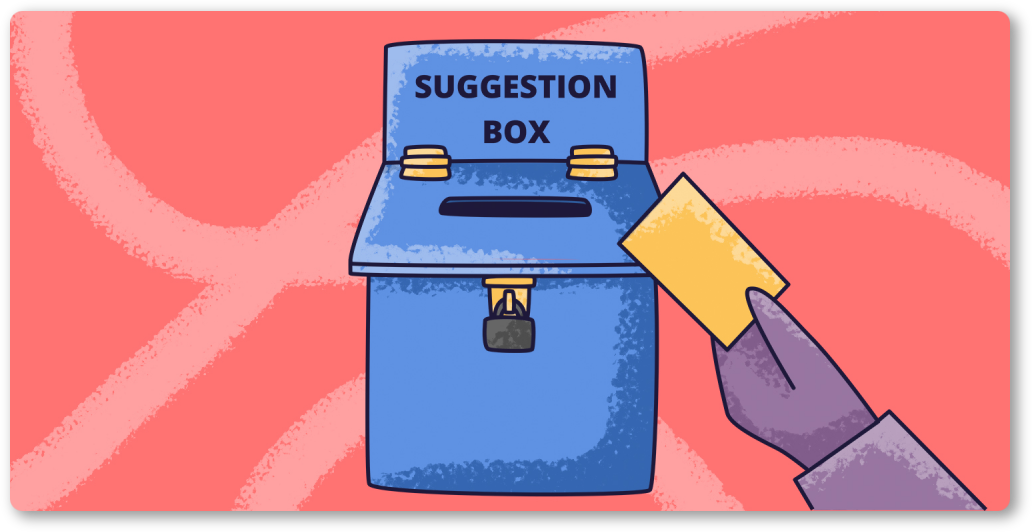
Such suggestion boxes come in two types: behind-the-desk and on-the-desk.
In behind-the-desk boxes, your employees will be the ones putting the metaphorical pen to paper and suggesting their ideas for how to make the CX more enjoyable. You should pay particular attention to those suggestions that come from customer-facing staff, as they’re more likely to have insight into problems you might experience.
On-the-desk boxes are your traditional customer-centric boxes, and while they can be literal boxes, they’re often present as links in social media posts, on websites, or in emails. When you make this type of suggestion button, always make sure it’s visible and easy to use. In addition, it often helps to make it one of the first things the customer sees, so it sticks in mind more easily.
3. Behavioral analytics
Behavioral analytics is about looking into the behavior of consumers online and is a key strategy for digital transformation processes. The primary use of this tool is to anticipate clients’ needs and wants and proactively solve problems that might come up before they happen.
By cross-checking a user’s demographics, past purchases, and such, you can predict what general issues might crop up, and by using their personal data, you’ll understand more about their unique behavior.
A/B testing you can get from Google Optimize or a similar tool is particularly important for checking the effect of website alterations, with session replay tools like Hotjar giving you a more in-depth insight.
Behavioral analytics can also be used in sales, where cross-selling and personalization can provide big boosts in revenue by ensuring purchases where customers might not have seen relevant products otherwise. It’s also useful when making personalized marketing campaigns or tracking return on investment from them. Hotjar and Lucky Orange both provide heatmap tools that are especially helpful in this case.
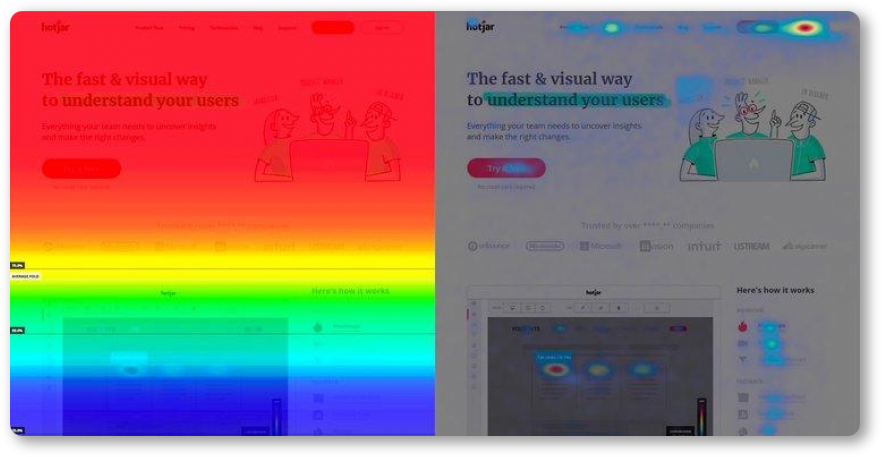
4. Customer relationship management (CRM) systems
A customer relationship management (CRM) system is a relatively new technology piece, with CRM only being conceptualized in the 1980s.
The idea of a CRM system is to allow organizations to manage interactions with consumers and streamline the processes to improve the CX. Overall, the goal is to increase profitability, but it’s a give-and-take approach that brings benefits to the customer too.
In terms of perks for your business, they’re varied. Sales departments can use CRM information to examine how individual teams, campaigns, and products are doing. Marketing teams can use CRM data to predict the customer journey that an individual or demographic might take and adjust their approach accordingly. Meanwhile, customer service personnel can effectively track issues over multiple platforms without misunderstanding queries.
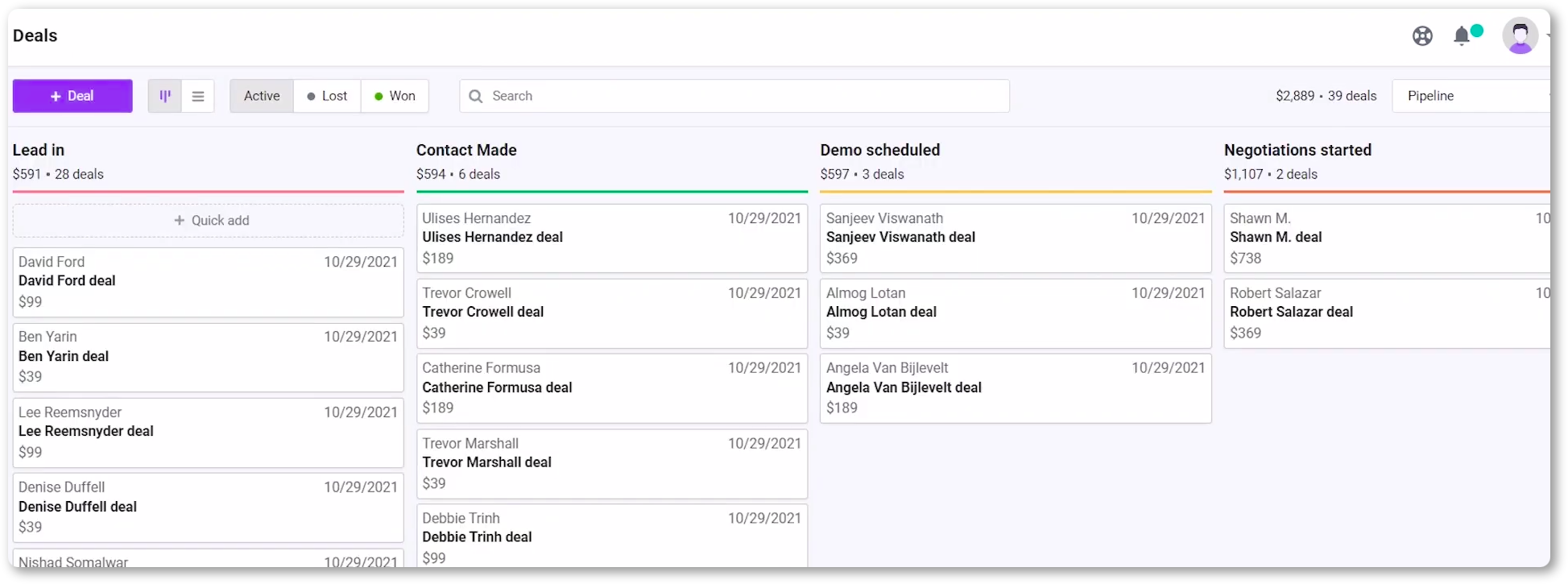
5. Cloud software
Cloud software takes any personalized approach you might have towards your customers and extends its reach beyond anything you might expect.
The use of cloud computing not only allows organizations to track the effects of their techniques and alterations in real-time but lets every company division access the information. Some big examples include Salesforce, a SaaS platform with useful marketing features, and file-sharing services such as Dropbox and Google Drive.
It’s a similar approach to what is used in scientific research today, with good reason. Cloud software allows your teams to instantly access any information in a database and utilize it to make the CX a little bit better. Instead of individual teams figuring out what works and what doesn’t by themselves, they can skip any errors that have already been tried and improve the CX from the get-go.
While this approach is much more beneficial to large businesses, the pros are there for small companies, too. By having a centralized location where all information is kept — online, so there’s no risk of losing files or accidental damage — your teams can save time when getting up to speed with previous events.
6. Omnichannel
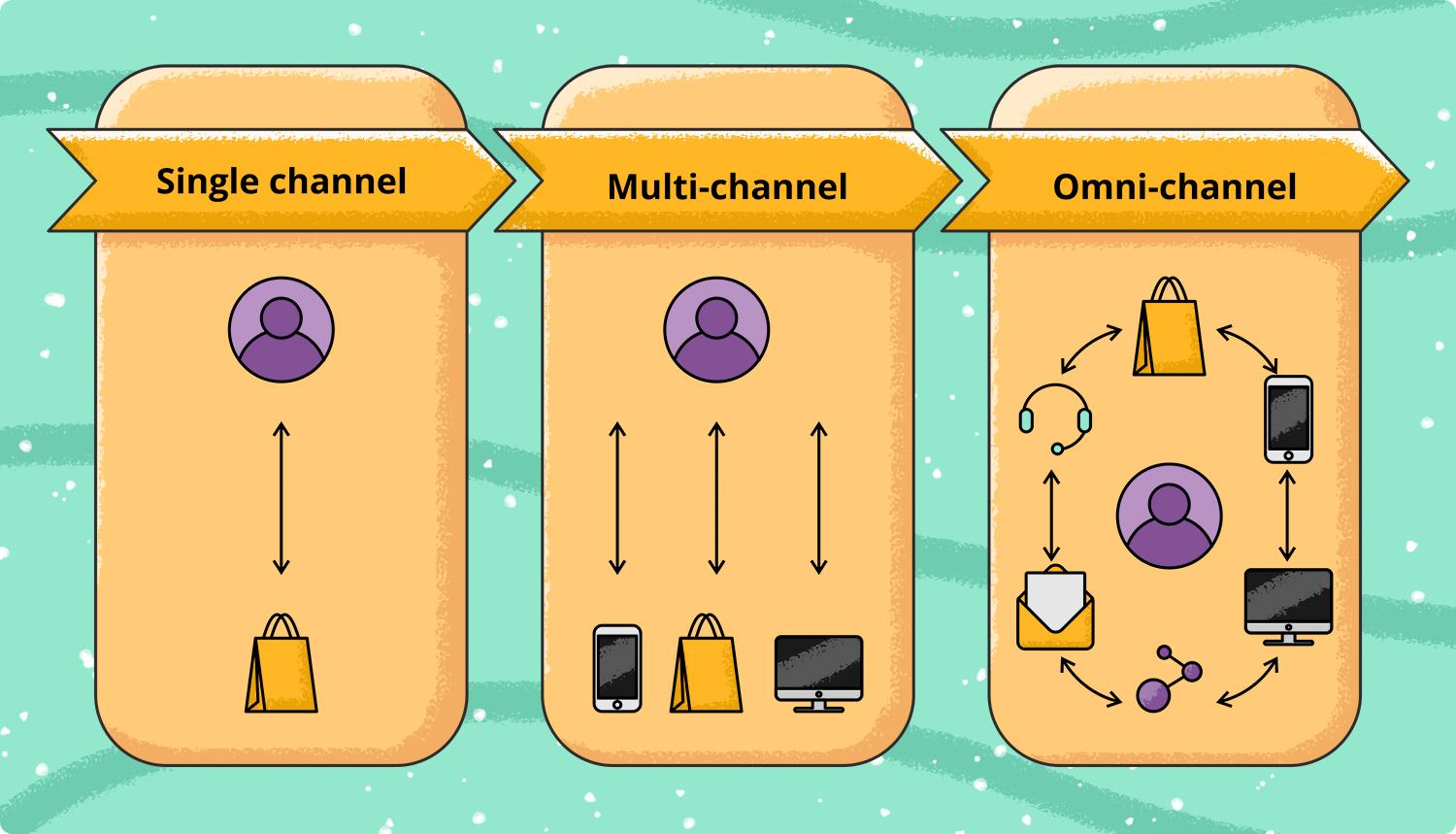
The omnichannel platform often comes hand in hand with cloud databases; it’s just the logical thing to do if you have multiple communication channels with your customers.
With this approach, you take all of your contact lines and tie them together within a single database, which varies from business to business. In some smaller organizations, a simple spreadsheet will do. In larger companies, a cloud database is often necessary to communicate between departments and across distances.
So, what are the pros for consumers?
Well, when you’re communicating a query or problem, no one likes to repeat themselves. Having any information readily available for someone to access, even if they’re not the person who recorded the data, not only saves time and effort on your staff’s part but prevents the customer from getting frustrated at a lack of communication.
The best response is a quick one; the next best thing is to get back to your customer with all the necessary information without bothering them again. In this case, you can integrate SMS into email marketing campaigns and send SMS reminders to increase your communication with customers.
Companies such as Disney, Walgreens, and Starbucks have used an omnichannel approach to great effect. And with tools like Salesforce Social Hub, TalkDesk, and Genesys Multi-Channel all being commercially available to support you when you’re trying to get your feet on the ground, why not give them a try?
7. Website tracking/monitoring
When you see the phrase ‘website tracking,’ you might think of malware or other harmful forms of monitoring that invade a person’s privacy.
What we mean here is tracking user behavior within your website, how they move about it, what sections their mouse might hover on, and what links they click. It’s about tracking things on your website, which is perfectly harmless and non-invasive as a customer visiting your website has necessarily given consent to interacting with you.
Website tracking can reveal a great deal about the layout of your website, allowing you to identify any clunky bits that might need remaking by showing how users flit about erratically and where they might eventually leave the website without making a purchase.
The data that website tracking might collect is easily translatable to mapped online customer journeys, deepening your understanding of how the customer thinks. While this won’t benefit your consumers directly, the information gathered can give insight into the best way to layout your website for ease of access.
Need a website monitoring tool example? Adobe Analytics offers traffic and multichannel data collection, while Clicky takes a look at real-time data of page views and events. What tool you use is really up to your needs, with each offering the same basic tracking with different options for analysis.
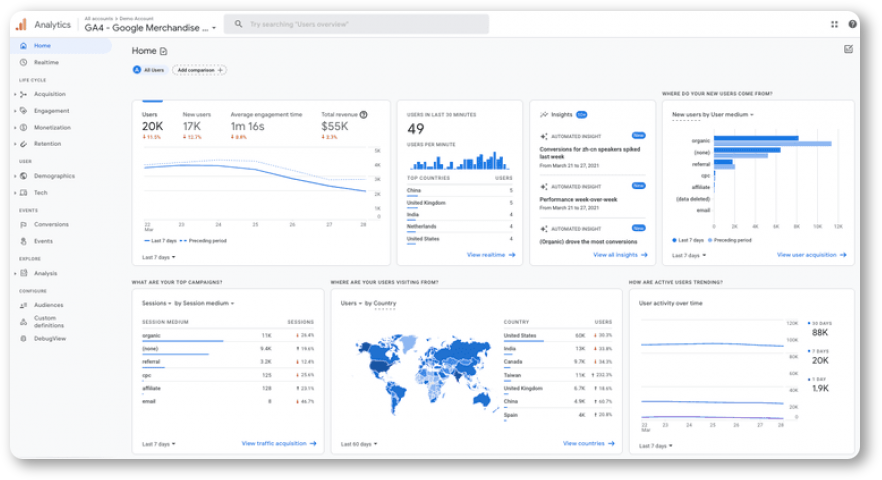
8. Personalization
Nobody likes adverts that don’t apply to them and random emails containing nothing relevant. Of course, when you’re making a mass marketing campaign such as a TV advert or similar, you’re not going to appeal to everyone. Still, there are things you can do when it comes to smaller scales.
Personalization is generally used for existing customers, people you already have data on that you can use to tailor their experiences to their liking. Whether by sticking to certain categories you know they are interested in or avoiding things you know they dislike, you can cut and paste your offers to best suit their needs, wants, and pain points.
This is most easily done in email marketing, where you’ll sort customers into groups based on their interests and then send highly-personalized email sequences with the help of automated email drip campaign tools (like Snov.io!), but it can also be done in other formats such as social media or apps.
At the end of the day, personalization is something you’re never going to get exactly right, but it can boost interest in your business exponentially if implemented well. Pre-built software packages exist, too, containing tools such as customer journey mapping, MVT testing, and usability testing, which can all greatly increase demand for your products.
9. Sentiment analysis
This one is a little complicated to explain, but essentially, sentiment analysis is a tool for scouring through communications — whether that be emails, tweets, or more — and extracting information held within.
However, it’s more than simply reading the text and spitting out recitals of parts. Sentiment analysis looks at the tone and context to best judge the meaning behind the words rather than taking them at face value.
It’s an excellent tool for helping you parse through feedback since computers can do things in the blink of an eye that would take a human days. Sentimental analysis is especially useful in markets where opinions change rapidly, and services must be constantly updated. Still, it will also benefit any organization looking to save time and react quickly and more efficiently to customer feedback.
Good thing is, pre-existing software exists for these types of analysis, which, considering the complexity, is much more convenient than if you had to do it from scratch. Suites such as Awario, Brandwatch, and Hootsuite are all available on a subscription basis, with some having different levels of subscription to suit the needs of different users.
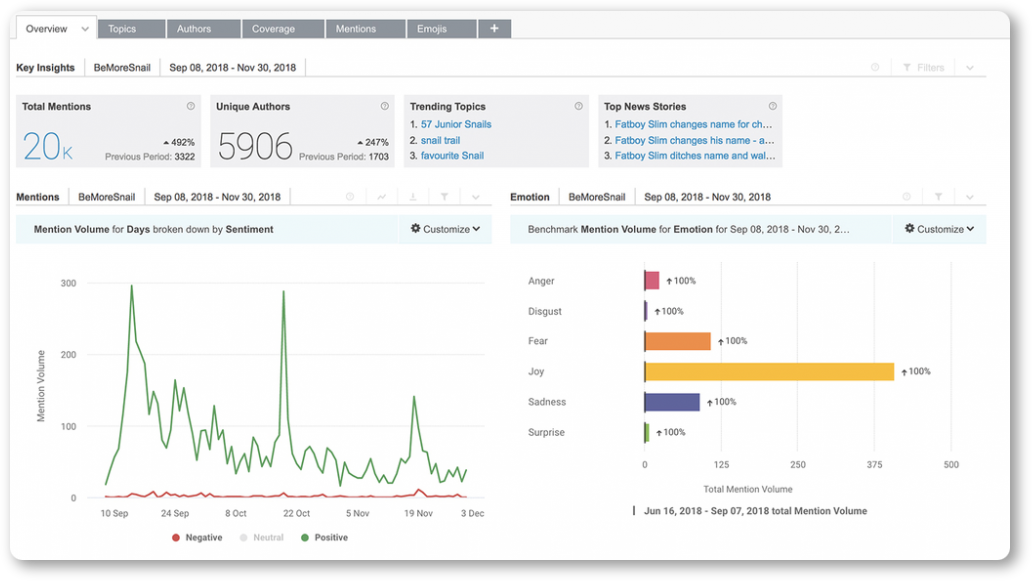
10. Automation
Finally, let’s talk about automation. It’s exactly what it sounds like, setting up a system that gets your work done for you. There are plenty of ways you can implement it in customer service, so let’s look at just a few of the best:
- Automated switchboards. You know them, you probably find them as dry and toneless as everyone else, but you can’t deny that pressing a button while making a call to be directed to the right department is a great time-saver.
- Self-checkout options. Only viable for those with brick and mortar locations, self-checkouts not only allow for a speedier option when you’re in a hurry but cut down reliance on somebody else to get your purchase through.
- Chatbots. While you might groan and scratch your head at the idea of a bot talking to customers, chatbots can be a great way to narrow down online inquiries — similar to automated switchboards for phone calls. More sophisticated versions can also dig into past interactions or databases of FAQs to find an answer without ever involving a member of staff. The benefit to the customer, in this case, is speed, pure and simple, as a computer program can respond nearly instantly to any interaction.
One of the most significant benefits of automated responses is 24/7 support, rather than being limited to working hours. While it certainly lacks a human touch that comes with talking with a member of your team, those who need help will prefer a bot’s responses to waiting until the next morning.
Wrapping up
Customer experience is all about information. The more you have, the trickier it can be to find something meaningful in all that data. However, with tools like we’ve mentioned in the article, you’ll be able to let computers do most of the work and still get meaningful analyses in a short time. Speed is of the essence when it comes to pleasing customers, especially younger ones, so be sure to take a hard look at our pieces of advice and see which of them fit your CX needs.


Thank you so much Emily for putting this together. It was a great article!